7 Clichés About Ancient Egypt That Firmly Settled In Our Minds Thanks To Movies
Movies are one of the most powerful propagators of pop culture, so whatever they show us in the form of images or ideas stays with us. In most cases, movies introduced us to the outside world, along with many clichés, myths, and stereotypes that can be found in almost any film. For example, Russia is the villain; any language that is not English is an alien language; surviving a fatal car crash, and more.
The cinema business is not only a vital reflection of our culture, but it also teaches us the different myths that we learned and believed in from numerous movies. This time, we addressed seven such myths from one of the world's earliest human civilizations, Ancient Egypt.
Which of these facts did you unexpectedly find to be false? Are you aware of other myths about Ancient Egypt in movies? If you are, please share them with us.
The cinema business is not only a vital reflection of our culture, but it also teaches us the different myths that we learned and believed in from numerous movies. This time, we addressed seven such myths from one of the world's earliest human civilizations, Ancient Egypt.
#1 What Cleopatra was really like
 Source: Cleopatra/20th Century Fox, JudeMaris/YouTube
Source: Cleopatra/20th Century Fox, JudeMaris/YouTube
#2 Traps and treasure in the pyramids
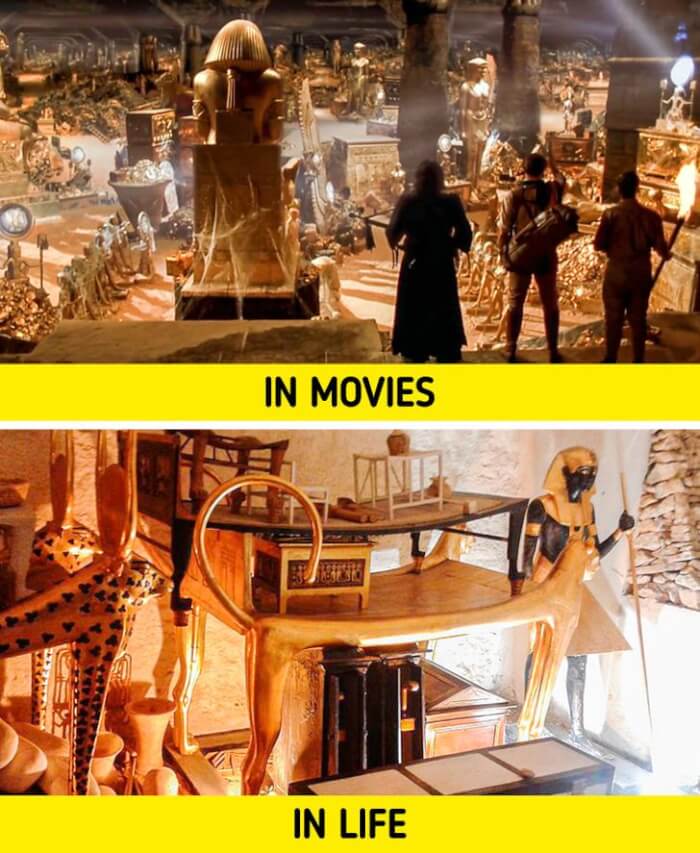 Source: The Mummy/Universal Pictures, Rahma Sharawy Shehata/Wikimedia Commons
Source: The Mummy/Universal Pictures, Rahma Sharawy Shehata/Wikimedia Commons
#3 The Sphynx doesn’t have a nose thanks to Napoleon.
 Source: The Great Sphinx of Giza/Cornelis de Bruijn/Wikimedia Commons, Public Domain, Pixabay.com
Source: The Great Sphinx of Giza/Cornelis de Bruijn/Wikimedia Commons, Public Domain, Pixabay.com
#4 Pyramids were built by slaves.
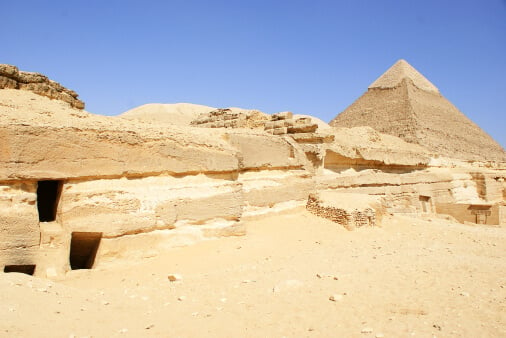 Source: Getty Images
Source: Getty Images
#5 Egyptian hieroglyphs
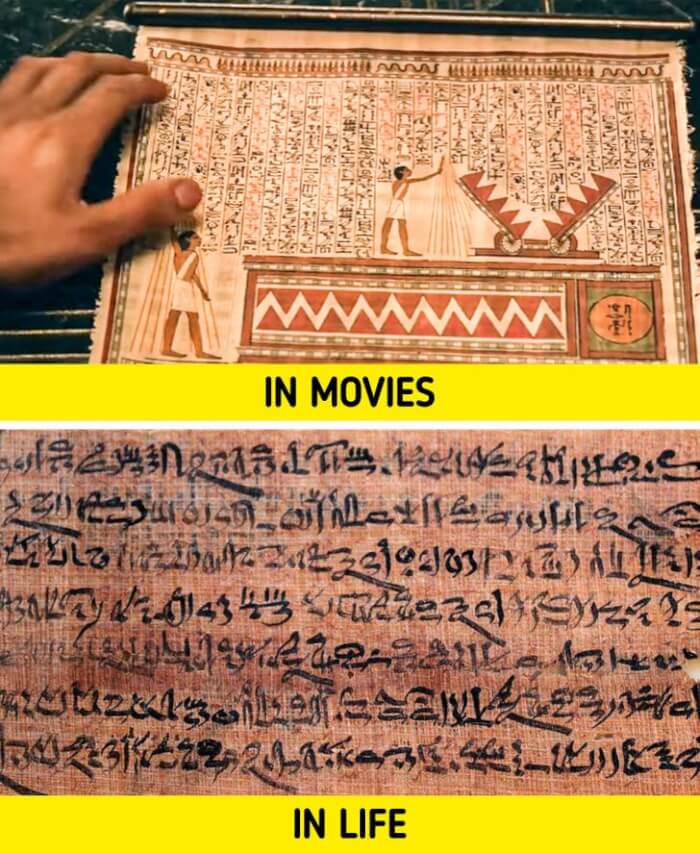 Source: Gods of Egypt/Summit Entertainment, Letter of the Mayor of Thebes Sennefer/Egyptian Museum of Berlin/Wikimedia Commons
Source: Gods of Egypt/Summit Entertainment, Letter of the Mayor of Thebes Sennefer/Egyptian Museum of Berlin/Wikimedia Commons
#6 The curse of the pharaohs
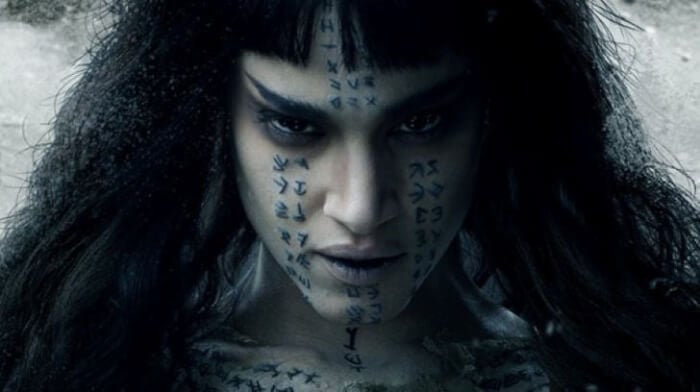 Source: The Mummy (2017)/Universal Pictures
Source: The Mummy (2017)/Universal Pictures
#7 What Egyptian pharaohs and priests looked like
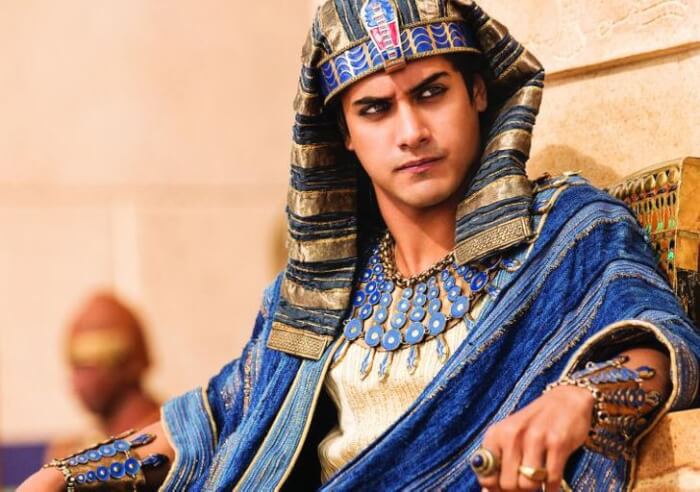 Source: Tut/Muse Entertainment
Source: Tut/Muse Entertainment
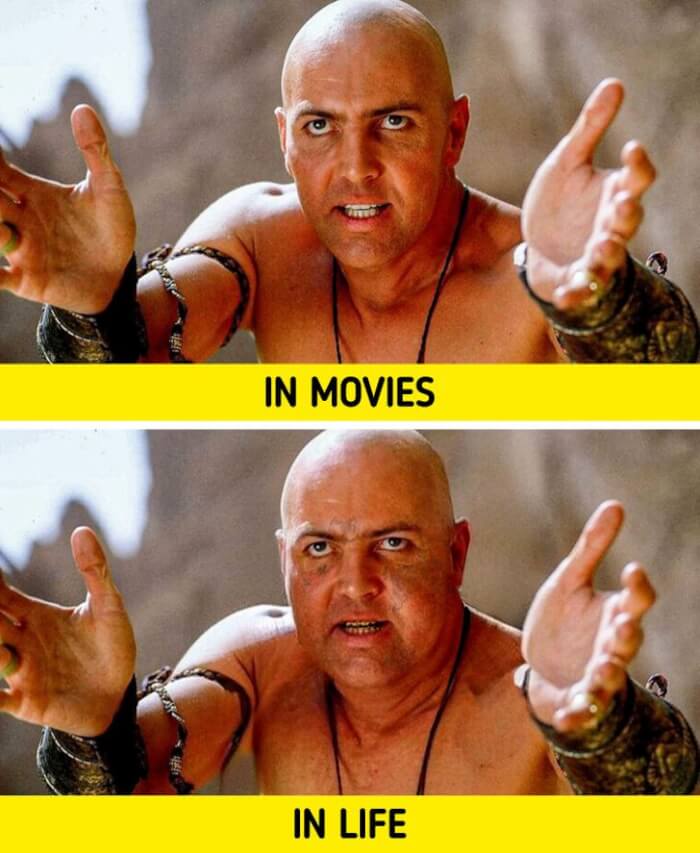 Source: The Mummy/Universal Pictures
Source: The Mummy/Universal Pictures
Which of these facts did you unexpectedly find to be false? Are you aware of other myths about Ancient Egypt in movies? If you are, please share them with us.
Share this article
Advertisement